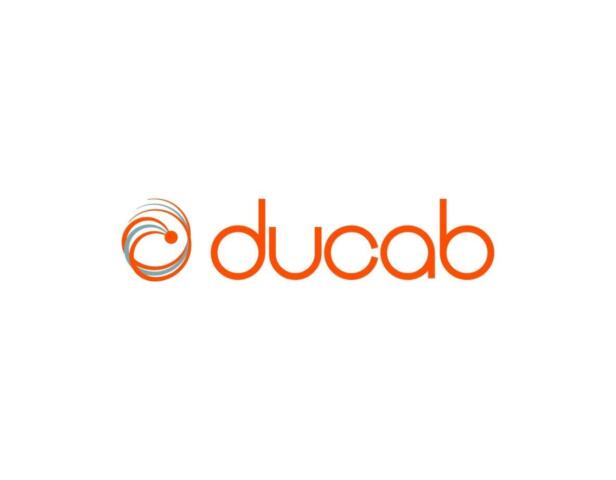
Advantages of GCC Special Economic Zones

The global rise and rise of Special Economic Zones (SEZs) such as logistical hubs, free zones and industrial clusters has been remarkable. In the 1980s there were less than 200 worldwide, but today there are more than 7,000 in over 140 countries.
The GCC is at the vanguard of this growth. And with good reason.
Global SEZ competition to attract companies may be fierce, but the geographic advantage GGC countries enjoy at the nexus of the East and West remains as strong as it did centuries ago.
Only now the region connects seamlessly to billions of people via some of the most sophisticated airports, ports and business friendly SEZs on the planet.
At present there are 70 SEZs across the GCC with 47 in the UAE alone. Saudi Arabia and Oman have 10 each, Kuwait four, Bahrain three and Qatar two, but ambitious plans, particularly in the KSA and UAE, will see these numbers soar.
However, when it comes to SEZs it should not just be about quantity.
To my mind, it is essential that SEZs deliver win-win solutions for the countries that invest in them as well as the companies that use them.
And that means in return for SEZs delivering fiscal incentives, cost and custom benefits, seamless business processes and world class infrastructure, it is vital that SEZ companies contribute to the national economy, create jobs, inspire innovation, drive economic diversification and become powerful enablers of economic development.
So, what does this look like?
Well, a world-famous example is Jebel Ali Free Zone (JAFZA).
When JAFZA was launched in 1985, there were just 19 companies in the zone. Today JAFZA accounts for almost 24% of Dubai’s foreign direct investments, has 9,000 registered business from more than 130 countries, employs over 135,000 people and generated AED454 billion in trade in 2021, a year-on-year increase of 19%.
Since 1985 the region has learned a lot about maximising the benefits of SEZs and for me several lessons stand out.
The first is clustering together interconnected businesses or industries such as Dubai Media City which brings together a media community of freelancers, SMEs and global media brands or PlasChem Park in Saudi Arabia a cluster devoted exclusively to chemical and conversion industries.
Close proximity between competing businesses inevitably drives productivity and innovation as companies aim to outperform one another, but proximity equally encourages replication as well as the collaborations and partnerships which lead to the new products, processes, services and revenue streams that drive sector growth.
Clusters also attract high concentrations of skilled specialists and labour and as these people share valuable knowledge, they create a focused pool of talent.
Meanwhile, for small and developing companies, clusters provide opportunities for them to thrive, learning from industry leaders, leveraging economies of scale and exploring the innovative niches that could transform their industry.
Another key lesson of successful SEZs, especially in the light of the supply chain shocks of the pandemic, is to provide future-proof, cost-reducing close access to the suppliers and partners that really matter.
A striking example of this is the Metals Cluster at Khalifa Industrial Zone Abu Dhabi (KIZAD). Not only does this cluster provide reliable access to raw materials it facilitates an innovative form of delivery. ‘Hot metal road’, as it is known, transports aluminium in molten form direct to downstream companies saving them the huge energy costs needed to melt their own raw aluminium.
So, looking ahead, how can the benefits of SEZs be enhanced in future?
Without a doubt, technology and sustainability must play key roles.
The Internet of Things, advanced robotics, 3D printing, and big data are transforming our world and global value chains and will undoubtedly be at the heart of transforming the GCC’s SEZs.
SEZs must also rise to the challenge of sustainability. With Oman, Bahrain, the UAE and Saudi Arabia all committing to net zero emission targets between 2050 and 2060 and industry responsible for 30% of global CO2 emissions, industrial clusters must work together to achieve these targets.
That is why we need to leverage the close proximity of industrial cluster companies to accelerate the transition to clean energy, better energy efficiency and new technologies such as carbon capture.
The US$500 billion NEOM mega project in Saudi Arabia, for instance, promises to be an outstanding example of both technological advancement and sustainable achievement in an unprecedented special economic zone that will cover an area of the country the size of Belgium.
The zone, ultimately home to nine million people, will run on 100% renewable energy and aims to lead the world in areas such as AI, advanced robotics, data centres and virtual reality.
These are certainly fascinating times for GCC SEZs and I look forward to the next exciting chapter in their evolution.
Related Media and News In-Depth Articles and Insights:


